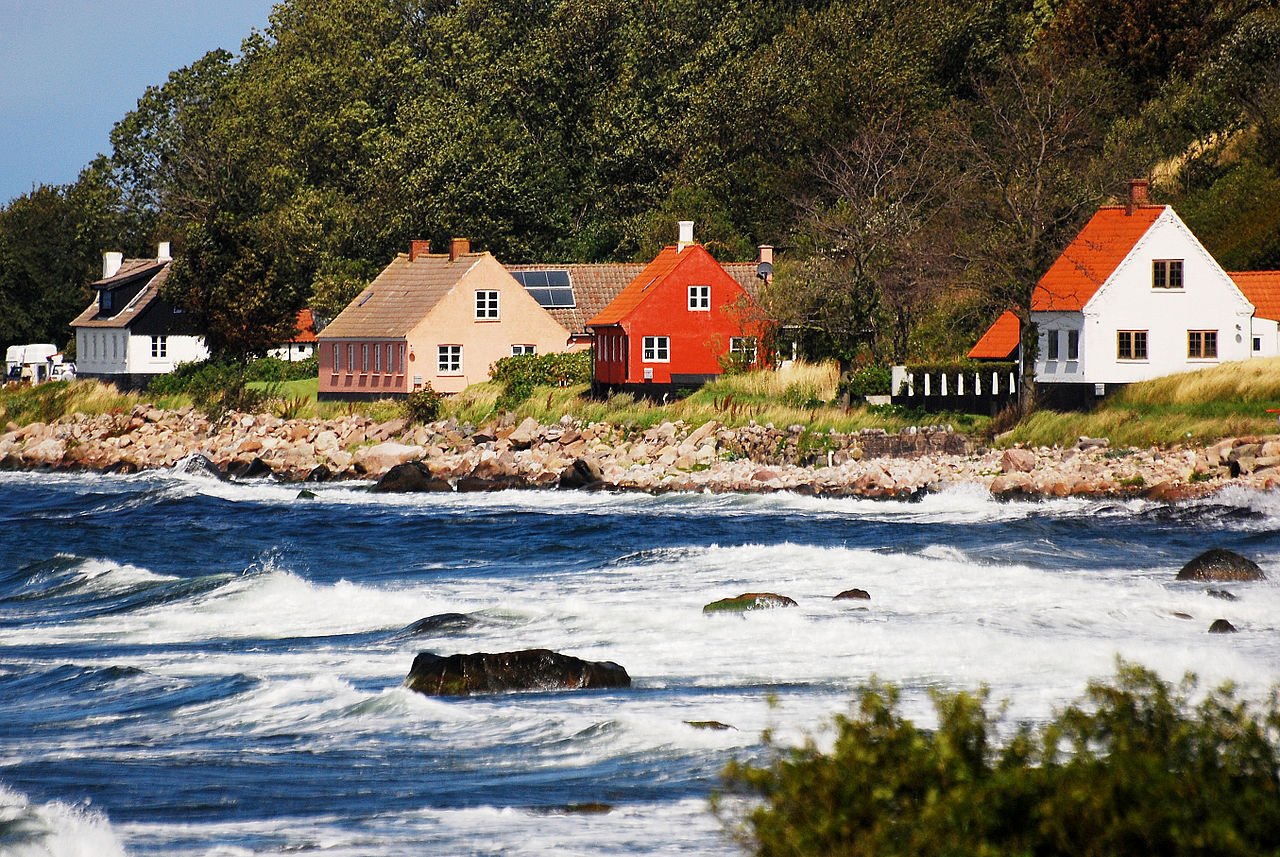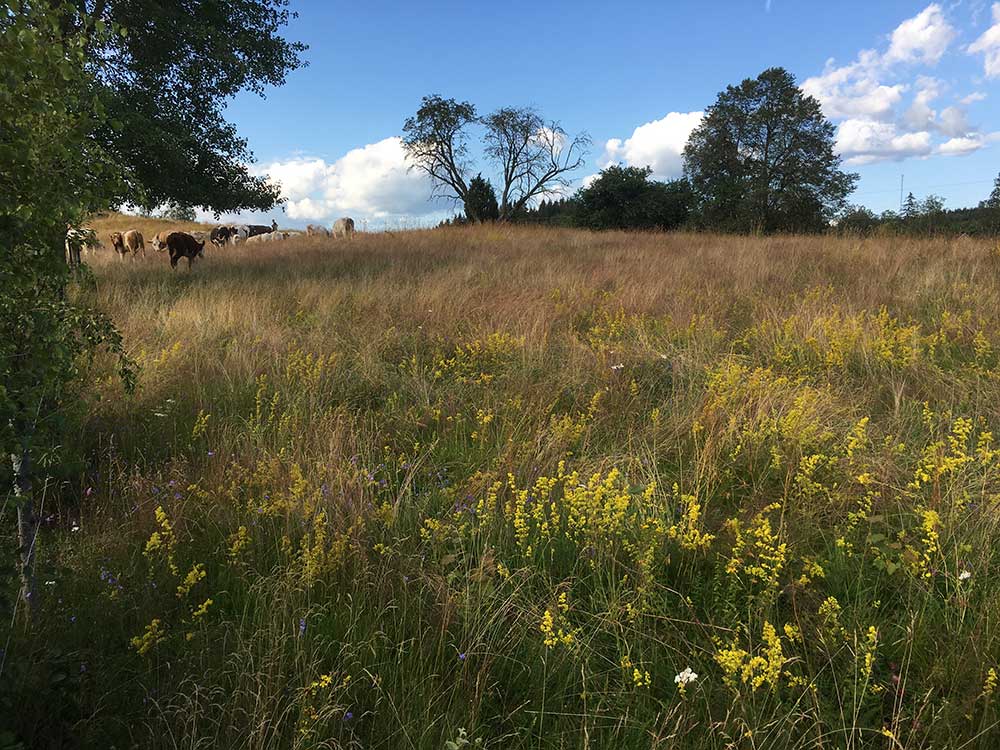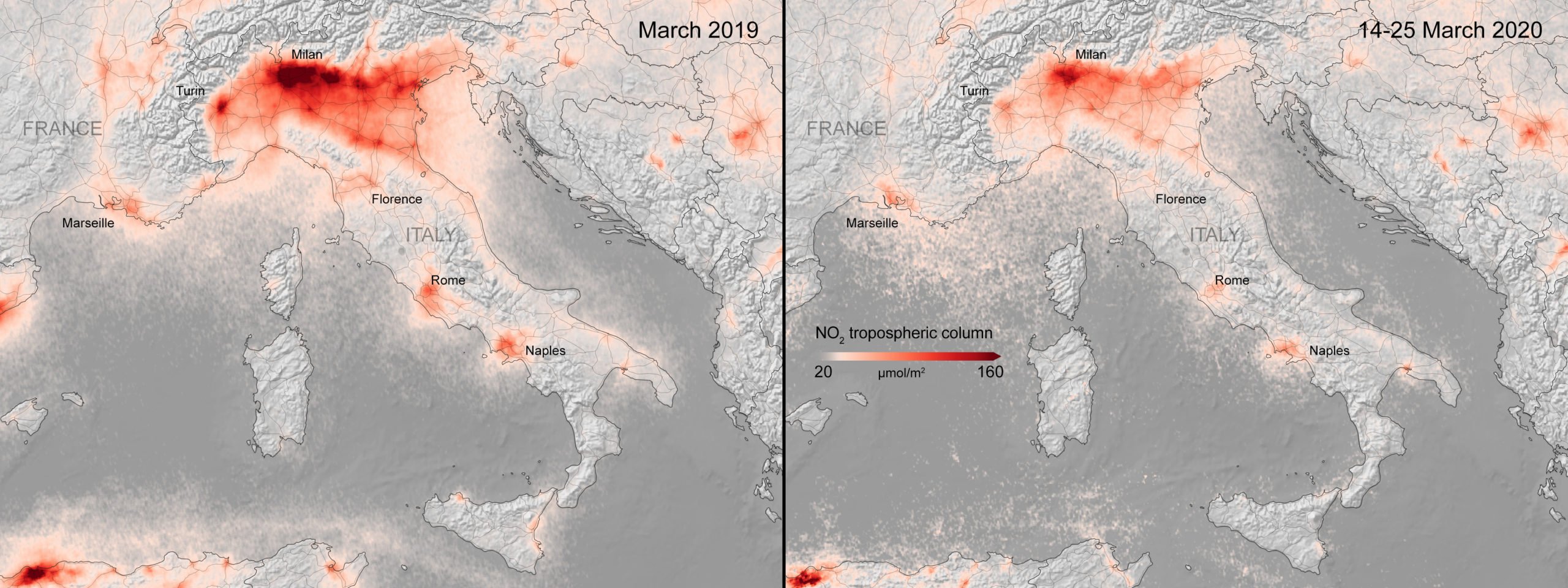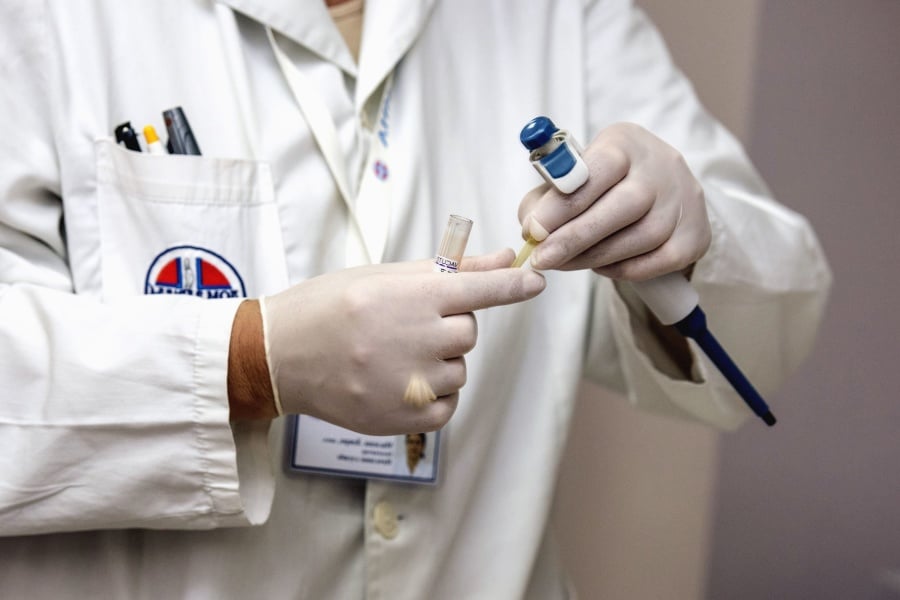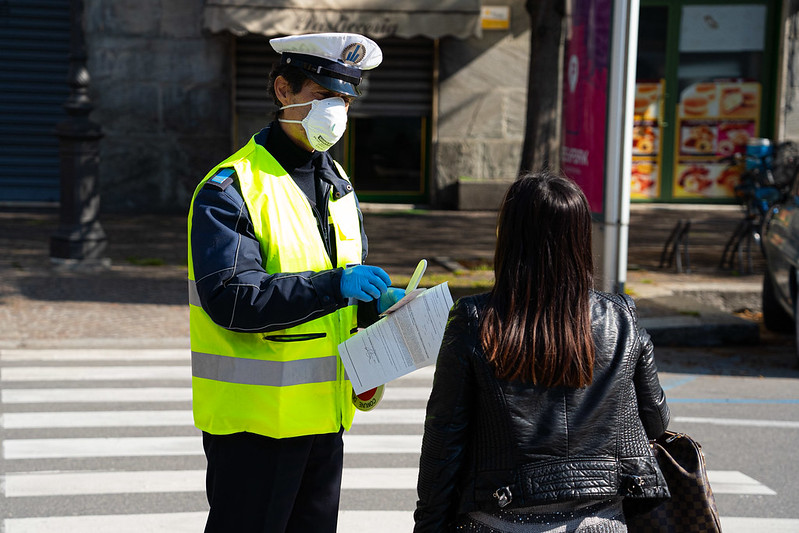How to go carbon neutral: Lessons from a Danish island
When fish stocks crashed in the Baltic in the late 1990s, the islanders of Bornholm, Denmark, realised they had to reinvent themselves. Their rocky outcrop, some 200km east of Copenhagen, had been in decline for years. Its 40,000-plus inhabitants needed a new path, and they chose to pursue sustainability. Now they are more prosperous – … Read more

